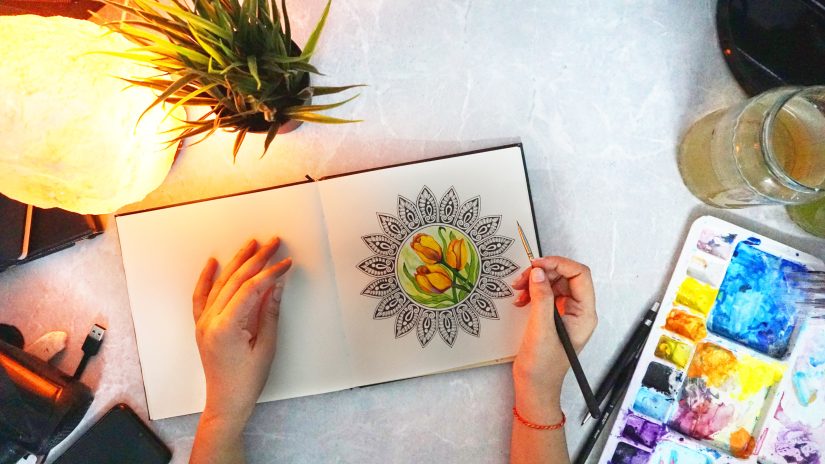
Monday (31/1) Center for Public Mental Health (CPMH) Faculty of Psychology UGM held an online webinar with the title “Using Visual Methods in Qualitative Research: Examples from Research on Youth Substance Addiction in Assam”. This event is a dissemination of the results of the research project The Big Picture which moves to examine the resilience of adolescents to addictive substances in Assam, India.
This activity took place from 16.00 WIB to 17.30 WIB and was attended by 50 event participants. The speakers at this event were Prof. Anna Madill from the University of Leeds, UK, who presented the introductory material entitled “Brief Introduction to The Big Picture”. The second speaker is Dr. Rebecca Graber from the University of Brighton, UK, with her presentation entitled “Illustrate the Use of Still Images and Mapping”. The last speaker was Dr. Raginie Duara from the University of Leeds, UK, who gave a presentation entitled “Illustrate the Use of Collaborative Film-Making.
The event was opened by the Head of the Center for Public Mental Health (CPMH) Faculty of Psychology UGM, Dr. Diana Setiyawati, MHSc., psychologist. Diana started the event by introducing the three resource persons to the participants, reading the curriculum vitae of each speaker and briefly explaining the research project that was disseminated in this online webinar.
In the first session, Anna opened her presentation by explaining the big picture of how to adapt the Photovoice method to add psychological, social, and cultural input in the prevention and treatment of young people who use addictive substances in Assam, India. Anna explained that the purpose of the project, which will be implemented from September 2018 to February 2022, is to increase knowledge, filter the voices of young people, and inform the practice of influencing policies and promoting public awareness.
For this reason, Anna and the research team studied two groups of young people in Assam, aged 15-18 years and 19-24 years. They were involved in three activities, namely looking for photos to identify the experience of risk, resilience, and recovery in it. After that they were invited to make posters from the photos. Then at the last stage they were invited to collaborate in making several short films.
In the next session, Rebecca explained more specifically about various visual methods in qualitative research, some of which were about Photo-led Interviews (photo-elicitation, photovoice), Participatory poster-making, collage, clay, and Mapping (body, relationships, spaces). Each method has its own advantages and functions, especially Photovoice was chosen because it has several advantages that are difficult to obtain in other methods. One of them is to empower participants by inviting them to be actively involved in the research process. Another advantage is that it can improve accessibility, expand knowledge, and increase data wealth.
Furthermore, in the last session, Raginie explained about the collaborative process in making short films with research participants. Basically, this method has three main stages, namely planning and familiarizing, shooting and assessing, and the last one is editing and finalizing. At the Planning stage, Raginie introduced something important to make before shooting the film, namely the storyboard. At this stage the story is made with a coherent plot to make it easier when shooting. Furthermore, in the last session, Raginie also showed some ready-made movie posters. Some of the titles include “A Different Path to Recovery”, “Taint in The Lush Green”, “Wrestling Agains All Odds”.
The event was smooth and interactive. During the event, Rebecca asked the participants to describe their respective bodies when they were studying and to give a sign on which part of their body they felt something while studying. After that, participants were given the opportunity to display the pictures they made and present their meanings.
